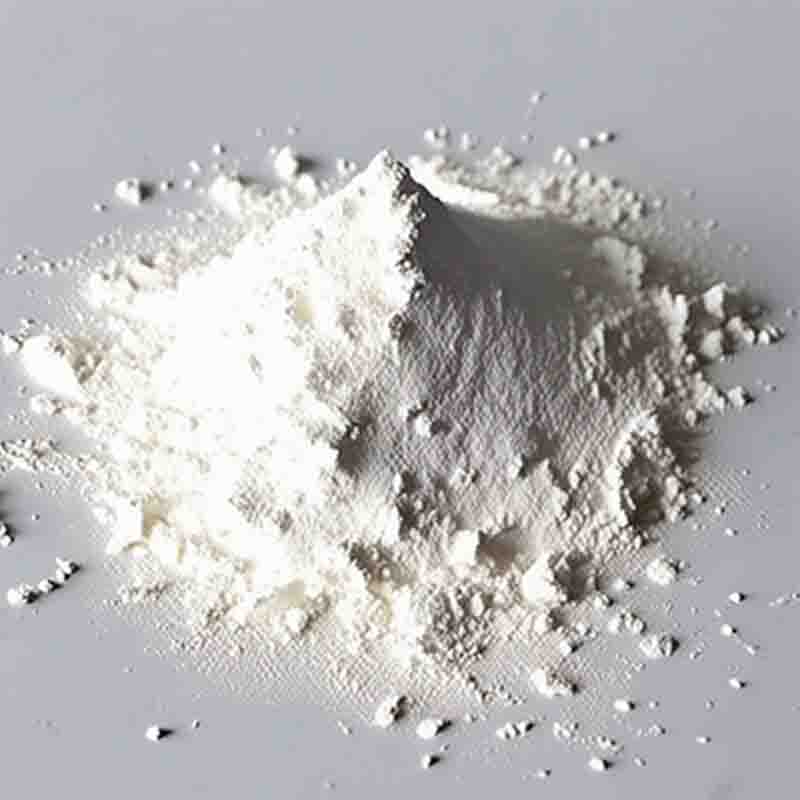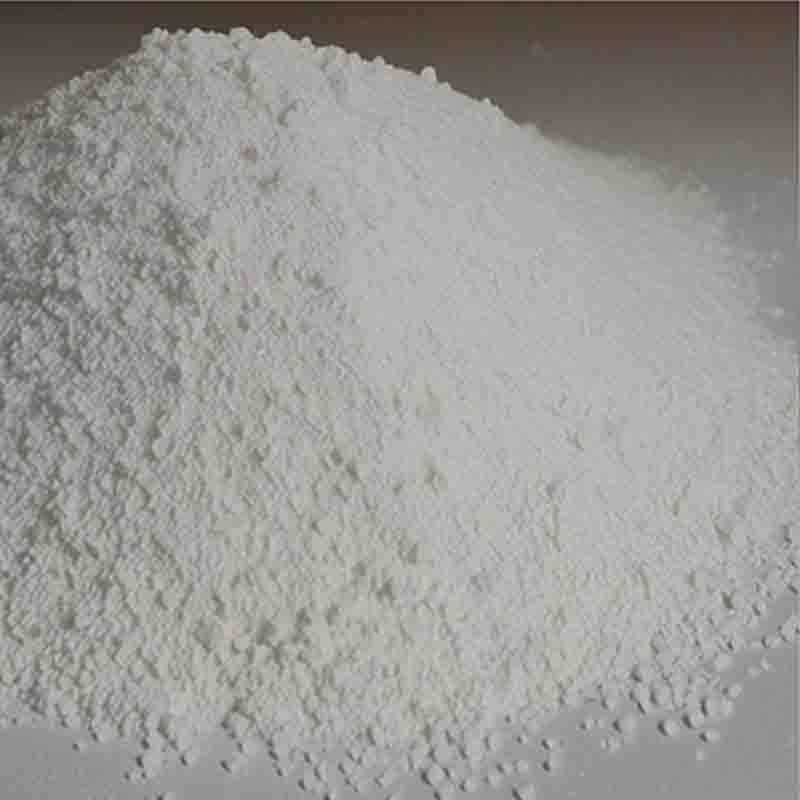Triethyl1,1,2-ethanetricarboxylate CAS:7459-46-3
| Catalog Number | XD95887 |
| Product Name | Triethyl1,1,2-ethanetricarboxylate |
| CAS | 7459-46-3 |
| Molecular Formula | C11H18O6 |
| Molecular Weight | 246.26 |
| Storage Details | Ambient |
Product Specification
| Appearance | White powder |
| Assay | 99% min |
Triethyl 1,1,2-ethanetricarboxylate, also known as ethanetricarboxylic acid triethyl ester, is an organic compound with various effects and applications. In this 300-word essay, we will explore the effects of triethyl 1,1,2-ethanetricarboxylate and its potential uses.One notable effect of triethyl 1,1,2-ethanetricarboxylate is its ability to act as a solvent or reagent in organic synthesis. Its ester functional groups make it useful in reactions where esterification or ester hydrolysis is required. Additionally, triethyl 1,1,2-ethanetricarboxylate can serve as a protective group for certain functional groups, allowing for selective transformations in organic chemistry.Another effect of triethyl 1,1,2-ethanetricarboxylate is its use as a fragrance ingredient. It is known for its fruity, citrus-like odor, making it a desirable compound for use in perfumes, colognes, and other scented products. The ester's pleasant aroma adds a refreshing and aromatic element to various personal care and household items.Triethyl 1,1,2-ethanetricarboxylate also possesses properties that make it suitable for use as a plasticizer. It can be added to plastics and polymers to improve their flexibility, durability, and processing characteristics. The ester's ability to reduce brittleness and increase the elasticity of materials makes it valuable in industries such as construction, automotive, and packaging.Furthermore, triethyl 1,1,2-ethanetricarboxylate can play a role in pharmaceutical research and drug development. Its chemical properties make it a potential starting material for the synthesis of certain bioactive compounds. Researchers can modify the ester molecule to create derivatives with desired pharmacological activities, potentially contributing to the discovery of new drugs or therapeutic agents.Additionally, triethyl 1,1,2-ethanetricarboxylate has been studied for its potential insecticidal and antimicrobial effects. Some research suggests that the compound exhibits insecticidal properties, making it a potential option for pest control. It has also displayed antimicrobial activity against certain bacteria and fungi, which could have applications in the development of antimicrobial agents or preservatives.In conclusion, triethyl 1,1,2-ethanetricarboxylate has diverse effects and applications. From its role in organic synthesis and fragrance production to its potential use as a plasticizer or starting material in drug development, this compound showcases a range of useful properties. With further research and exploration, its applications in various industries could expand, leading to more innovative uses and opportunities for this versatile compound.








![6,11-Dihydrodibenzo[b,e]oxepin-11-one CAS:4504-87-4](https://cdn.globalso.com/xdbiochems/白色粉末1964.jpg)
